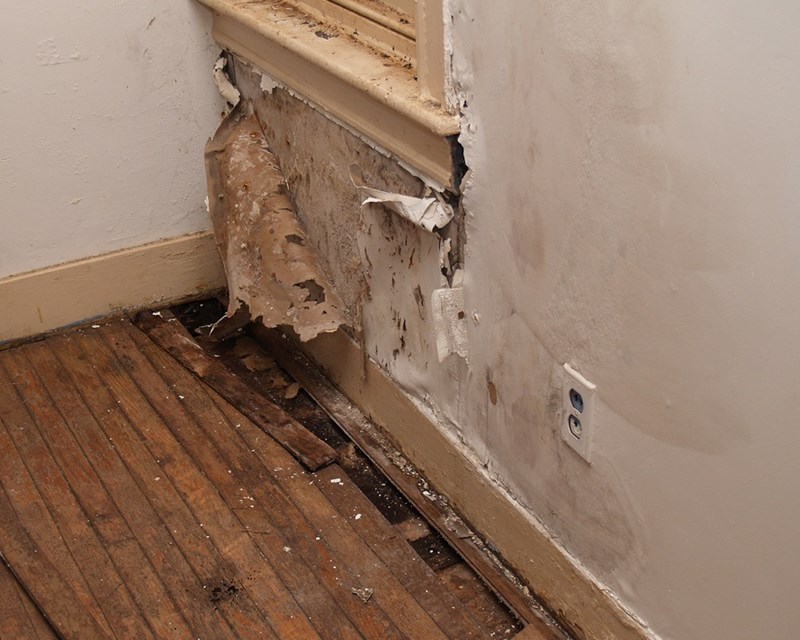The writer is making a number of great points about Looking for Signs of Water Damage in the Bathroom as a whole in this great article directly below.

The washroom is exceptionally susceptible for moist accumulation and also possible water damage due to the frequent use water in it. This post provides easy examination strategies to assist spotting water damages dangers.
The regular use of water in the washroom makes it very susceptible for moist buildup as well as potential water damages. By examining it regularly, you can decrease water relevant problems.
The following collection of inspections is very easy to carry out and also ought to be done as soon as in every three months in order to maintain your restroom healthy as well as to stop prospective water problems caused by the bath tub, the shower, pipe joints and also plumbing, sinks, closets, and also the toilet
Do not forget carrying out these examinations and be detailed while performing them. Remember that these simple assessments can save you a lot of cash by providing early signs for water damage
Sinks as well as Cabinets
Sinks and also cabinets are subjected to dampness and moisture day-to-day as well as are commonly overlooked. Check regularly under the sink and also on the countertop over it. Fix any drip in the trap as it may recommend drainpipe problems. Browse the sink, slow draining pipes might show a blocked drain. Change sink seals if they are cracked or loose.
Bath tub and Shower
The shower as well as bath tub require special focus and maintenance. Examine the tiles and replace if fractured. Make sure that there is no missing cement in between the tiles. Examine and also change broken caulking at joints where the wall surfaces fulfill the floor or the bathtub. Blocked drains pipes and pipes issues will certainly protect against the bathtub from drying and may suggest major issues underneath the bath tub. Seek advice from a professional immediately to prevent structural damage. Take note of discolorations or soft areas around the tub wall surfaces as they may indicate an interior leakage.
Plumbing
Signs for water damages are hard to detect because a lot of pipelines are installed inside the walls.
Pay unique focus to floor covering and walls wetness and also discolorations as they may indicate an undetectable plumbing trouble. Examine moisture levels in adjoining spaces too.
The Commode
The toilet is a susceptible water junction. Inspect the water lines as well as look for leakages around the commode seat, in the hose, and under the water tank. If you discover any type of indicators of wetness on the flooring around the bathroom, check for leaks in the toilet rim and tank seals.
Be aware that hanging toilet dish antiperspirants raises the opportunities for obstructions.
Water Damage Signs In The Bathroom To Avoid Cleanup
Musty smell
This is one of the easiest signs to catch because musty smells are so odorous. The damp, earthy, moldy smell should be a big red flag. The smell will develop when moisture gets trapped in surfaces, and begins to facilitate mold growth. Leaking pipes under cabinets, inside walls, and behind shower fixtures will cause moisture to stay trapped and not dry, which will lead to mold growth and spread. As soon as you notice any musty smells in your bathroom, have it checked for hidden water damage and cleanup signs.
Visible mold
If the smell isn’t there to give it away, sometimes you will actually see mold growth. Finding mold in your bathroom is a serious problem, because mold is very harmful to your health. By the time mold growth is visible, it also means that water damage has already occurred and been present for some time. The only way the mold problem can be resolved is to find the source of the moisture and get it stopped. To safely and adequately remove mold, you need to have professionals handle the remediation. Do not waste any time in getting mold problems addressed, fixed, and sanitized so that you can protect you and your family from the many respiratory symptoms caused by mold exposure.
Damaged floors
Bathroom floors should be able to withstand some exposure to water while still remaining in good condition. However, when excess exposure or water leaks occur, they will begin to damage even the most water-resistant flooring. If you notice any cracking, bubbling, staining, or warping on your bathroom floors, there is probably a water leak somewhere causing the distortion. If you notice areas of the floor have become softer, or even have a spongy feeling, there is probably damage to the subfloor. Subflooring is typically made up of plywood. When plywood is exposed to water or moisture, it will absorb it. Once it has become saturated, the weight of the excess water will cause the wood to swell and soften. Check the floors in your bathroom frequently to catch any of these sings before they lead to damaged subflooring.
Changes on walls
When water leaks behind walls, it will cause changes in the drywall. Peeling plaster, blistering paint, and soggy wallpaper are all good indicators that excess water is building up behind the wall. Water leaking behind drywall will cause it to swell and be soft to the tough. If you start to notice gaps along the trim of your walls, or where tile meets the wall, it could also be a strong indicator that there is a leak behind the wall. Any changes, distortion, or damage on the walls should be evaluated as soon as you notice it to prevent further water damage and cleanup.

I am very involved in Common Causes of Water Damage in a Bathroom and I am hoping you enjoyed the piece. Liked our entry? Please share it. Let someone else find it. I praise you for your time. Visit again soon.
Details Here